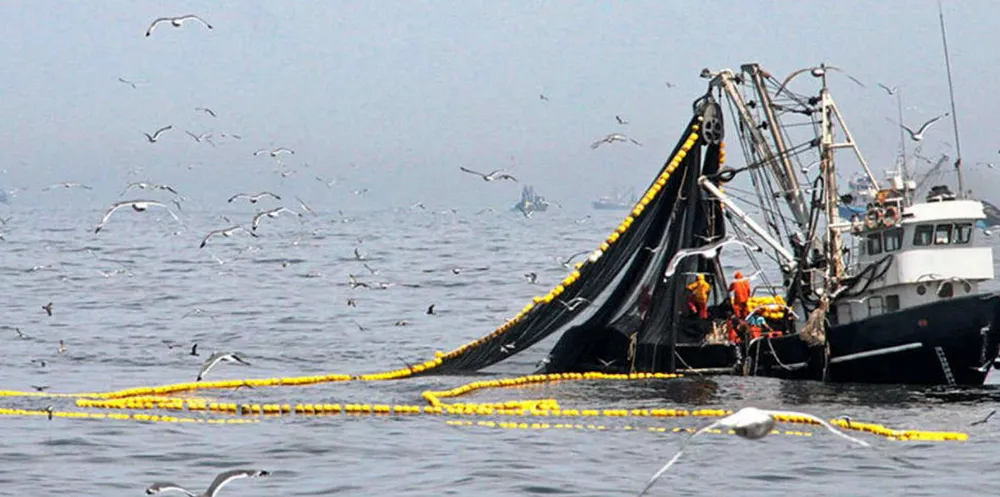Peru on pace to harvest all second season anchovy quota by end of month
So far over 1.4 million metric tons of a 2.283 million metric ton anchovy quota has been harvested, although catching it all may be a challenge.

So far over 1.4 million metric tons of a 2.283 million metric ton anchovy quota has been harvested, although catching it all may be a challenge.
